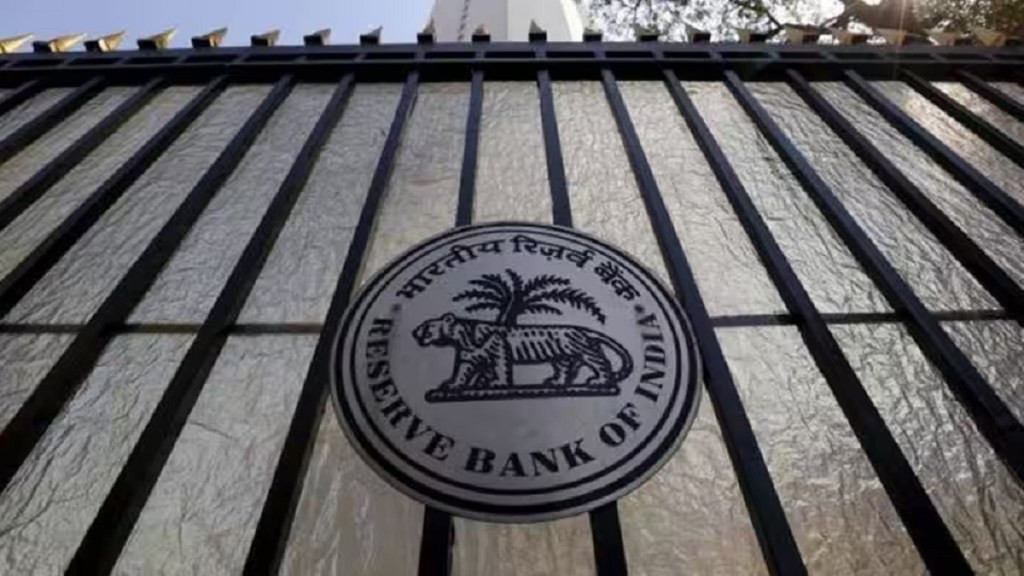While India’s retail inflation, based on the Consumer Price Index (CPI), escalated to a nine-month high of 5.49 per cent in September due to high food prices, UBS expects food inflation to soften in the coming months and RBI MPC to lower the repo rate by 75 bps. The timing of the rate cut cycle, however, remains tricky. Tanvee Gupta Jain, Chief India Economist, UBS, said, “Given global monetary easing cycle has begun and our US economics team expects Fed to cut rates further by 25 bps in the next two meetings in 2024, we continue to expect MPC to lower the repo rate by 75bp in this cycle. The timing of the rate cut cycle is tricky and we believe MPC would remain data dependent. For policy easing to begin from December, either inflation will need to soften well below 5 per cent and/or growth to surprise on the downside.”
The Reserve Bank of India’s Monetary Policy Committee (MPC), on October 9, decided to keep the policy repo rate unchanged at 6.50 per cent for the 10th consecutive time, with five out of the six members of the MPC voting in favour of the decision. The MPC unanimously also decided to change the stance to neutral and to remain unambiguously focused on a durable alignment of inflation. The RBI MPC will now meet again for its three-day deliberation on December 4-6, 2024.
Balancing domestic growth and inflation dynamics
According to the data released by the Ministry of Statistics & Programme Implementation (MoSPI), the September CPI inflation rose to 5.49 per cent from 3.65 per cent in August, partly on account of adverse base effect and sequential increase in food price momentum. This inflation print was 40 bps above consensus expectation of 5.1 per cent YoY. UBS now expects CPI inflation to average close to RBI’s estimate of 4.5 per cent with upside risks. “The high-frequency data that we track suggest vegetable prices (including tomato, onion and potato) have continued to remain elevated in October. Notwithstanding the near-term risks, we expect food inflation to soften over the coming months on summer crop arrival and expectations of a good winter crop,” the UBS analysis report stated.
In September, food inflation accelerated to 9.2 per cent YoY and on a sequential basis, the food prices were up by 1.2 per cent during the month. The sequential pick-up in food prices was broad-based and was led by vegetables (3.5 per cent MoM) (including onions and garlic which were up 18/21 per cent MoM), oil & fats (2.9 per cent MoM on import duty hike), eggs (1.6 per cent MoM), cereals, pulses amongst others. Inflation in the fuel and light segment continued to decline 1.4 per cent YoY in September.
Meanwhile, core inflation too inched up slightly to 3.5 per cent YoY in September. Inflation in the transport and communication segment was up 2.8 per cent YoY. Excluding the two major energy components (petrol and diesel), refined core inflation picked up to 3.8 per cent YoY.
Garima Kapoor, Economist and Executive Vice President, Elara Securities, said, “Going forward, as the impact of war premium of oil reduces, the impact of moderation in domestic demand conditions limits the rise in output price and kharif output reaches market, the upside risks to inflation should remain capped notwithstanding the volatility in food prices. We continue to see FY25E CPI averaging 4.5 per cent YoY with risks balanced. We retain our call for a first rate cut of 25 bps in Dec-24E.”
CRISIL too agreed, “Given that the monsoon season wound up with an 8 per cent surplus, kharif sowing is healthy (101 per cent of the full-season normal acreage) and the harvest will enter the market in October, food prices should start easing at least sequentially. Under this assumption, we expect CPI inflation to average 4.5 per cent this fiscal compared with 5.4 per cent in the last, mainly led by softer food inflation and a mild uptick in non-food inflation. However, a sharper-than-expected rise in September inflation, particularly coming from a steep sequential rise in vegetables, is a point of worry. October data also bears a further pick-up in vegetable prices.” The CRISIL report further stated that visibility on a durable decline in inflation will be the next key determinant of a rate cut. It forecasted a rate cut of 25 bps in the December MPC meeting while maintaining that “trouble on the food inflation front can delay this further”.
